Spellbinding Total Solar Eclipse in 6 Days
The next total solar eclipse to visit North America will be on April 8, 2024. The duration of totality will be up to 4 minutes and 27 seconds, almost double that of The Great American Eclipse of August 21, 2017.
As the total solar eclipse traverses Mexico, the United States, and Canada, spectators are in for a breathtaking experience.
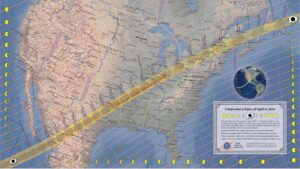
Map of April 8 Total Solar Eclipse 2024
During a total solar eclipse, the moon entirely obscures the sun’s face for a brief yet mesmerising period called totality. This historic celestial event warrants pausing to appreciate its significance. After April, a total solar eclipse won’t be visible across the contiguous US until August 2044. Similarly, an annular eclipse, where the moon doesn’t fully cover the sun, won’t occur in this region until 2046.
Outside the path of totality, observers will witness a crescent-shaped partial eclipse as the highlight of the event.
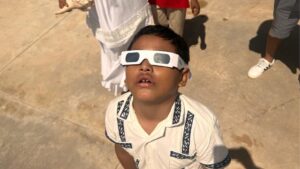
Boy watching annular solar eclipse on Saturday, October 14 2023
The upcoming eclipse’s totality phase is projected to be longer than that of 2017, owing to the moon’s current proximity to the sun. Individuals positioned directly along the path’s centerline can anticipate a total eclipse lasting between 3½ and 4 minutes, according to NASA.
The corona, the sun’s scorching outer atmosphere, emits a radiant glow visible around the moon during the eclipse. Typically elusive due to the sun’s overpowering brilliance, the corona during totality manifests as luminous white tendrils, as described by NASA.
The total phase of this solar eclipse is not visible in Belize City, but it can be observed there as a partial solar eclipse. The partial solar eclipse which will begin 11:18:23. The moment the edge of the Moon touches the edge of the Sun is called first contact. The partial eclipse will end 13:44:30.
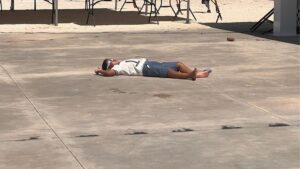
Boy lays on ground watching annular solar eclipse on Saturday, October 14 2023
Eye Safety for Total Solar Eclipses
Here are some important safety guidelines to follow during a total solar eclipse.
- View the Sun through eclipse glasses or a handheld solar viewer during the partial eclipse phases before and after totality.
- You can view the eclipse directly without proper eye protection only when the Moon completely obscures the Sun’s bright face – during the brief and spectacular period known as totality. (You’ll know it’s safe when you can no longer see any part of the Sun through eclipse glasses or a solar viewer.)
- As soon as you see even a little bit of the bright Sun reappear after totality, immediately put your eclipse glasses back on or use a handheld solar viewer to look at the Sun.
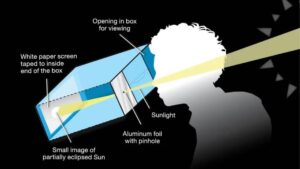
An eclipse projector is an easy and safe way to view the eclipsed Sun. NASA
Do NOT use eclipse glasses or handheld viewers with cameras, binoculars, or telescopes. Those require different types of solar filters. When viewing a partial or annular eclipse through cameras, binoculars, or telescopes equipped with proper solar filters, you do not need to wear eclipse glasses. (The solar filters do the same job as the eclipse glasses to protect your eyes.) Seek expert advice from an astronomer before using a solar filter with a camera, telescope, binoculars, or any other optical device. Note that solar filters must be attached to the front of any telescope, binoculars, camera lens, or other optics.





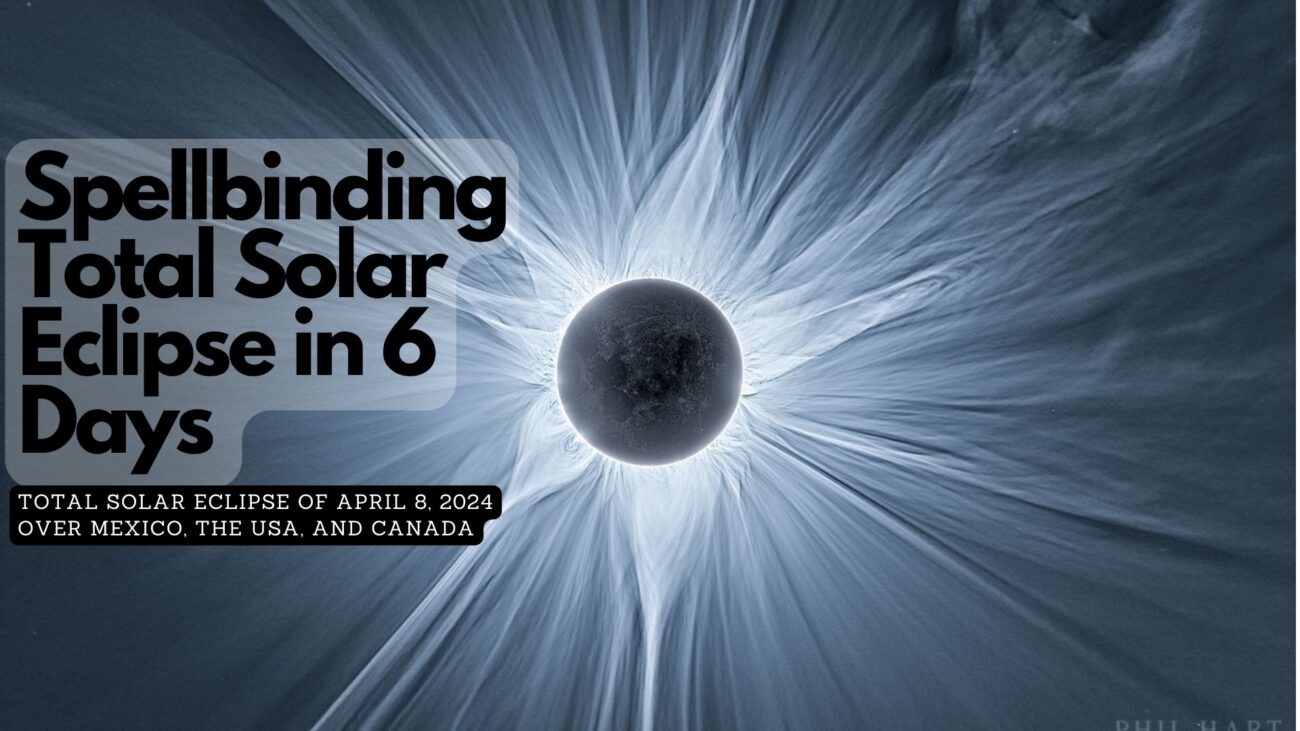

Facebook Comments